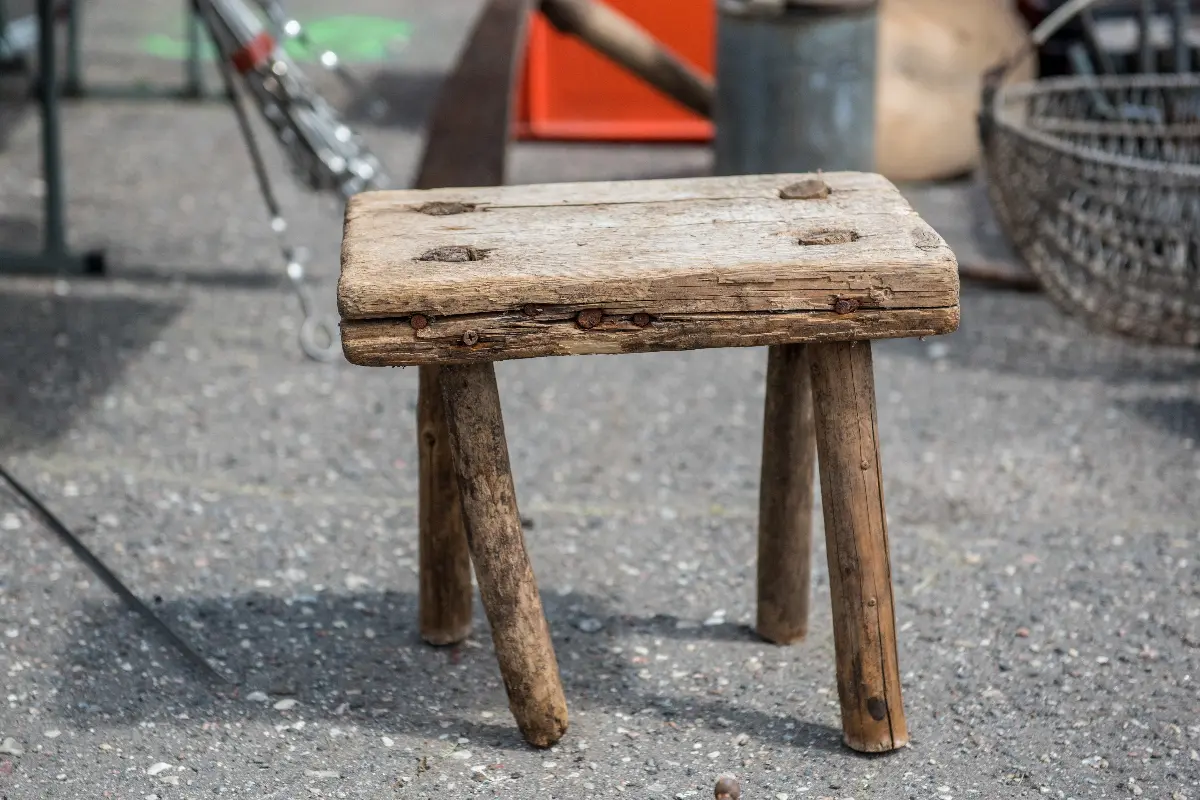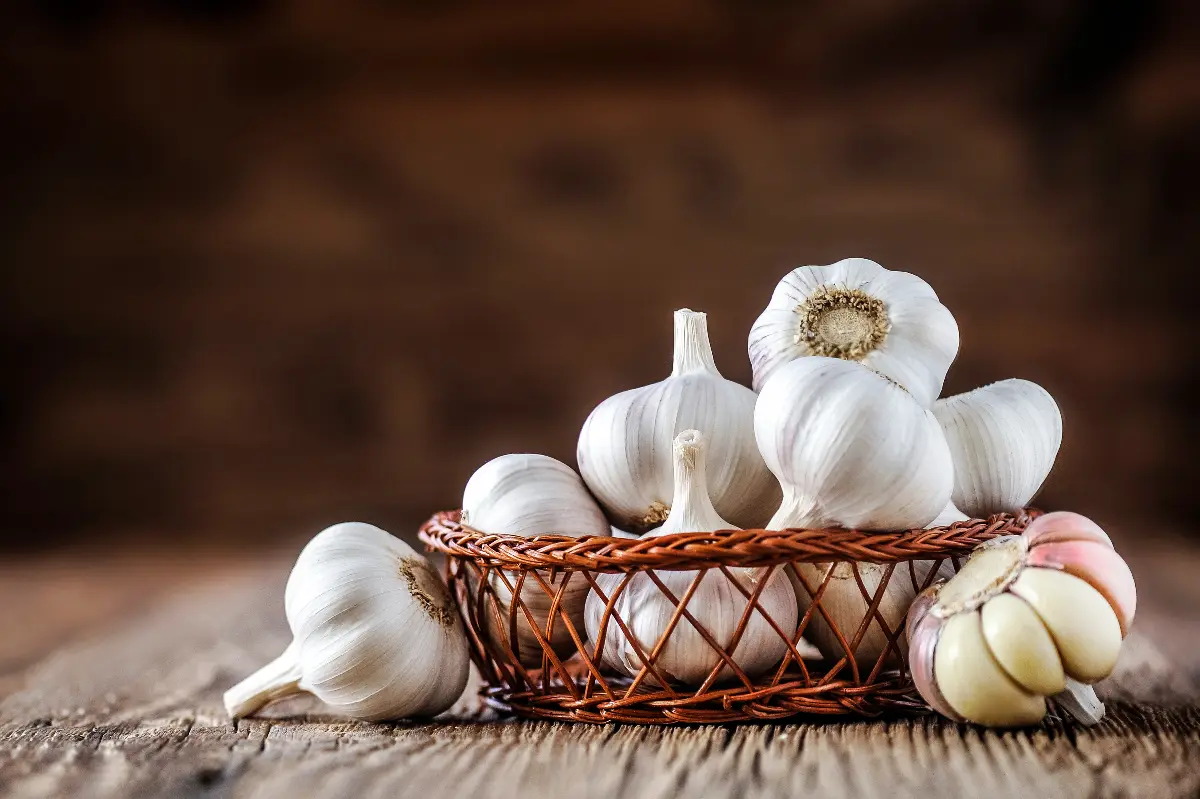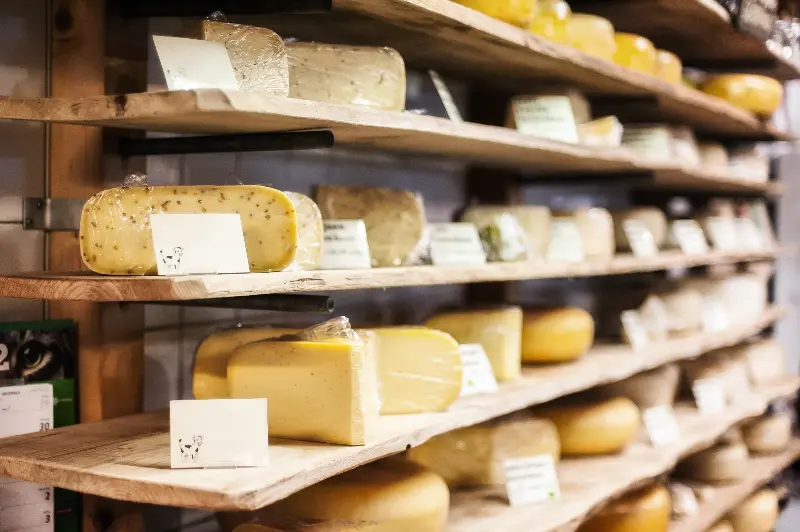Although Halloween, a holiday full of ghosts and monsters, is increasingly taking hold in our country, we also have a centuries-old tradition of our own, full of witchcraft. Luca Day is celebrated on 13 December, but its origins are probably linked to the winter solstice on 21 December. Before the so-called Gregorian calendar was introduced, the shortest day of the year was the 13th. Being a really old tradition, its origins are a bit confusing, but it takes its name from Saint Lucia, who lived and died a martyr’s death for the Christian faith in the 5th century. Her name was at one point probably confused with the word light (lux) because of her pure life – and the circle coincides with the homage to the solstice, bringing light, forming a bridge between Christian saints and pagan superstitions.
But what do witches have to do with all this?
Perhaps the most entertaining part of the holiday is the “witch hunt”: it is believed to be the day of the year when it is easiest to unmask the hook-nosed hags and their companions. The most important part of the custom is, of course, the making of the luca chair. The small stool had to be carved over twelve days, using seven different types of wood: two pieces of larch and spruce, two pieces of linden, and one each of cherry and hornbeam. It had to be stable, as its purpose was to allow the men to see the witches when they stood up at midnight mass at Christmas. Thereafter, when they came out of the temple, they had to run away quickly, lest these evil women tear them apart. They had to scatter poppies from their pockets, because the witches had to first pick them up for some reason, and they couldn’t keep chasing the persons who revealed them.

When they got home, they had to put garlic in the keyhole, a knife in the left doorjamb and the broom crossed to protect the family from the evil-doers. At night, the luca chairs had to be set on fire – thereby also burning the witches themselves. For those who don’t want to bother with carpentry but want to bring down the witches in the area, all you need to do is buy a whip: twist the cord of the whip once a day and crack it loudly on Christmas Eve – the sound will attract the witches, who can then be chased away according to your own temperament.

Fertility, luck and fortune-telling
It’s not all about witches, of course: as the darkest time of the year draws to a close, we also welcome a new half-year of fertility and abundance. It is essentially a celebration associated with women: not only were customs associated with women thought to be evil, but also with the female members of the household. Many household works were forbidden on this day, and it was a great opportunity for the unmarried to predict whether they would marry in the following year, and if so, to which bachelor.

But fertility was also extended to farm animals and crops, which is why many customs are linked to chickens, for example: if they were fed corn at midnight, they were believed to produce more eggs. And luca wheat was used to predict crop yields: a handful of wheat seeds were sown in a pot, which, if sprouted by Christmas, indicated a bountiful harvest for the following year.

But anyone could get lucky on this day: they baked tiny scones, inside of one of which a coin was hidden. Anyone who took the bait of the coin one could be in for a very good year – if they didn't break their teeth on the hard metal. And perhaps the most interesting of all the time-telling tricks is the onion calendar: they took an onion, cut it into twelve slices, and salted each one. It was believed that whichever slice produces juice, the corresponding month would be rainy. In keeping with good Hungarian tradition, there were no shortage of pranks either: in the evening, the youngsters scared each other with frighteningly carved Luca pumpkins, but it was not uncommon for them either to dismantle a cart under the cover of night, much to the farmer’s annoyance.






